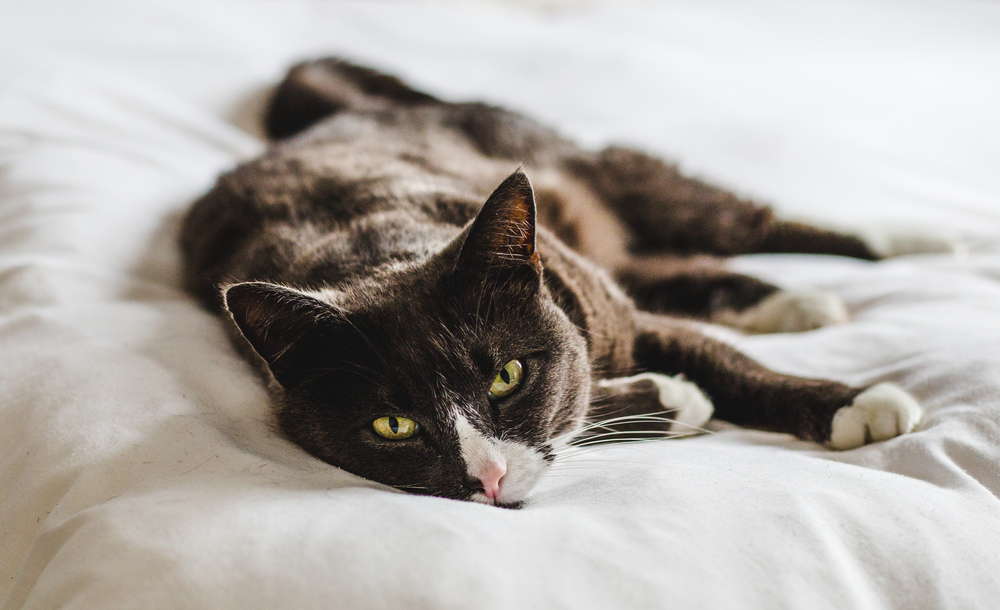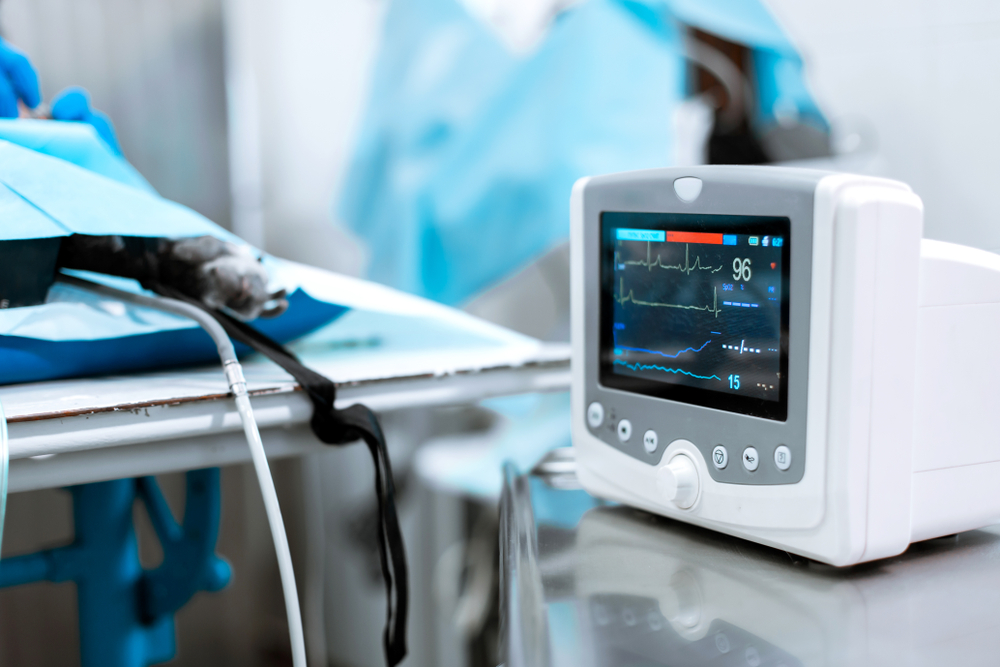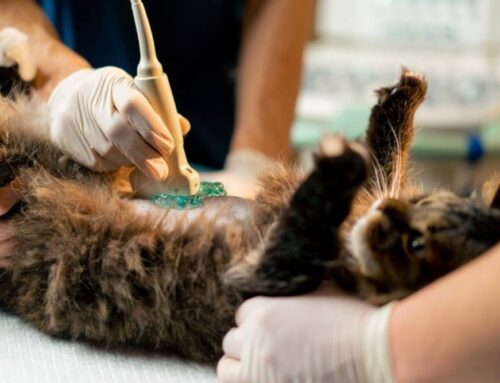Many pet owners delay necessary veterinary care because they are so concerned about their pets undergoing anesthesia. And, although anesthesia always carries some risk, denying your dog or cat the services they need can result in unnecessary pain and suffering, and reduce their quality of life.
At Village Animal Hospital, we understand your concerns about your pet’s safety and welfare—we feel the same way. That’s why we work hard to answer every question and provide the information you need to feel comfortable with the process before you agree to any procedure. Since anesthetic concerns are often based on a fear of the unknown, and possibly colored by a negative experience, knowing what to expect at our practice may ease some of the worry.
Here are our answers to the most common pet owner questions about anesthesia.
Question: What are the anesthetic risks for pets?
Village Animal Hospital (VAH): Like most things in life, anesthesia is never 100% risk-free. However, the already small risks (i.e., 0.05% anesthetic death rate in healthy dogs, 0.11% in cats) are further minimized by the anesthetic protocols that we customize for each individual patient, and our continuous hands-on and electronic monitoring.
However, certain factors, particularly those that affect drug metabolism, circulation, or respiration, can increase your pet’s complication risk. These include:
- Obesity
- Heart conditions
- Kidney or liver problems
- Age (i.e., pets younger than 12 weeks of age)
- Breed (e.g., sighthounds and brachycephalic breeds have specific anesthetic safety requirements)
Q: What will you do to ensure my pet’s safety?
VAH: We begin formulating our anesthetic safety protocol the day Dr. Olsen recommends a procedure. First, a physical examination provides insight into your pet’s health and allows us to identify any conditions, including arrhythmias or respiratory difficulties, that may affect anesthesia. Additional pre-anesthetic safety measures include:
- Pre-anesthetic blood work — This ensures your pet’s kidneys and liver can safely metabolize anesthetic medications.
- Imaging — Depending on your pet’s condition, digital X-rays or ultrasound imaging may be recommended.
- Intravenous (IV) catheter — An IV catheter will be placed in your pet’s front or rear leg to provide a secure route for medication and fluids.
- Intubation — Once anesthesia is induced with injectable medication, we will secure your pet’s airway with an endotracheal tube to ensure continuous oxygen and anesthetic gas delivery, and prevent accidental airway closure or collapse.
- Balanced anesthesia — Specific medications will be selected to ensure appropriate sedation and analgesia (i.e, pain control), and to create a smooth and comfortable anesthetic experience.
- Monitoring — From induction to recovery, your pet is closely observed with electronic and hands-on monitoring.
Q: Will my pet be supervised during anesthesia?
VAH: We continuously supervise all pets while under anesthesia and during the initial recovery stages. Monitoring allows us to identify trends in your pet’s vital signs and anticipate their needs (e.g., anesthesia adjustment, additional pain medication). Once anesthesia begins, we monitor and chart your pet’s vital parameters, including:
- Blood oxygenation — Pulse oximetry (i.e., pulse ox, or Sp02) measures your pet’s blood oxygen saturation.
- Heart rate and rhythm — Heart rate changes can suggest problems with anesthetic depth or pain, while any arrhythmias that are detected by an electrocardiogram (ECG) can indicate abnormal function or an unexpected medication response.
- Respiratory rate — Some anesthetic drugs can suppress respiratory drive, so this value is monitored in case your pet needs manual assistance.
- Blood pressure — Your pet’s blood pressure reflects their cardiovascular status. Because anesthesia commonly causes hypotension (i.e., low blood pressure), we closely monitor this parameter and use intraoperative IV fluids.
- Temperature — Anesthetized pets cannot regulate their body temperature, so we provide artificial heat support (e.g., blankets, pet-safe warming devices) to keep them warm.
Once anesthesia is discontinued, our veterinary technician continues to monitor your pet and to provide hands-on care until they are awake and swallowing. At this point, their breathing tube is removed, but close observation and heat support continue. Once your pet can stay upright, we stagger our assessments to allow them time to rest without disruption.
Q: What if something goes wrong when my pet is under anesthesia?
VAH: In the rare chance that something happens while your pet is under anesthesia or in recovery, our trained team is always on alert for any condition or status changes and will quickly respond.
- Monitoring and observation — By paying close attention to your pet’s vitals, we are always alerted at the first sign of a change.
- Communication — Our team communicates throughout your pet’s procedure, relaying pertinent information and status updates. Our veterinary technician responds to our veterinarian’s direct orders should a pet’s status change.
- Response — Depending on the situation, our veterinarian may request additional pain medication, changes in your pet’s anesthetic depth, or other measures. In the rare event of a cardiac or respiratory arrest, resuscitation efforts (i.e., CPR) are initiated.
- Reassessment — Your pet is reevaluated for a response (e.g., normal heart rate after receiving pain medication, breathing without assistance). If necessary, additional actions are taken and close monitoring continued.
Q: What can I expect after my pet’s anesthesia?

VAH: Our team will review specific post-anesthesia or post-operative instructions with you at the discharge appointment. Your pet will be able to stand and walk, but will be tired, and we will recommend that they be kept calm and quiet for the length of time specified by our veterinarian. Any lingering anesthesia effects, such as grogginess and constipation, should subside in 24 to 48 hours.
If you have additional anesthesia concerns, contact the Village Animal Hospital team and let us help ease your mind.








Leave A Comment